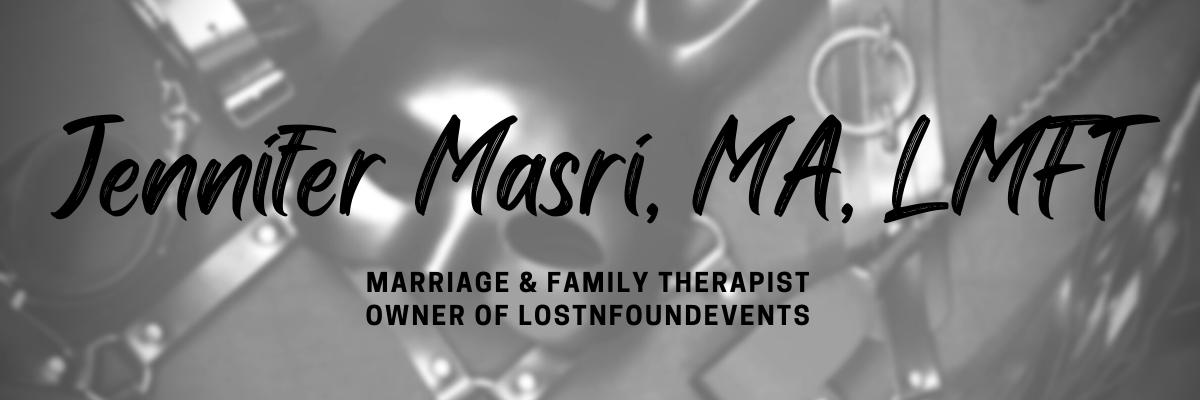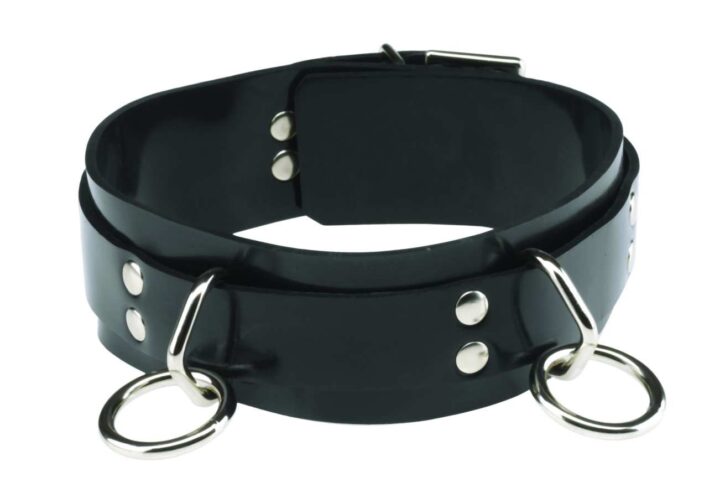Kink Converter (written in 2017)
I hear this “debate” discussed all over the place. From private party conversations to munches to support groups. If you’re single (or poly) and dating – do you even bother opening yourself up to the vanilla population? Or stick only to your own kind in the kink world?
The first question you should ask yourself is how important is kink in your life? For some, kink is something that’s fun every so often to spice things up. There is nothing wrong with this, however, you may find that if you meet a great person who has no interest in kink – it may be no big deal. In this case it may work well to open yourself up to any possibility – kinky or vanilla. For others, at the other end of the spectrum, kink and D/s may be how they live their everyday life. If power exchange relationships are the only kind you want or if play feels more like a need than a want – then it may not be wise to dip your toes into the vanilla dating pool. Of course there is a whole lot of “in between” as well and the same advice goes to all – weigh how important kink and D/s is for you and that may give you a hint at answering this question.
Here’s the fun scenario though – let’s say you are closer to the latter and really can’t imagine going vanilla again. You decide you will not seek out vanilla partners. Great – problem solved! Maybe. Maybe not. It’s possible that you may still end up meeting someone in the vanilla world whether or not you were looking. So what then? Should you immediately run for the hills? That is one option. Another is to get to know them a little better and vice versa. Open up about your lifestyle, interests, relationship profile, etc. This can go one of two ways (basically) – they end up running for the hills or perhaps they are interested to learn more. Keep in mind – just because someone isn’t in the “scene” doesn’t mean they aren’t kinky! They just may need an introduction to this wide world of BDSM.
This is the point where you have to decide to recruit or not recruit. You may not want to deal with “training” a newbie. Ok fine – you’re not obligated. However, this is also an opportunity to expose BDSM to someone who may really take to it quite well. In my opinion, if they have the interest and possess other qualities that you enjoy, it’s worth a shot!
This is the part where I will add a more specific D/s related point. If you are a D-type and the recruit is an s-type – it’s pretty easy to see where teaching and training is an easy fit. However, if you are the s-type and the new recruit is a D-type – I highly recommend putting them in touch with other D-types to learn from and talk to. If you are the one filling the “teacher role” (even if you have the answers) it’s possible to mess with the D/s dynamic that you may be trying to nurture and develop.








